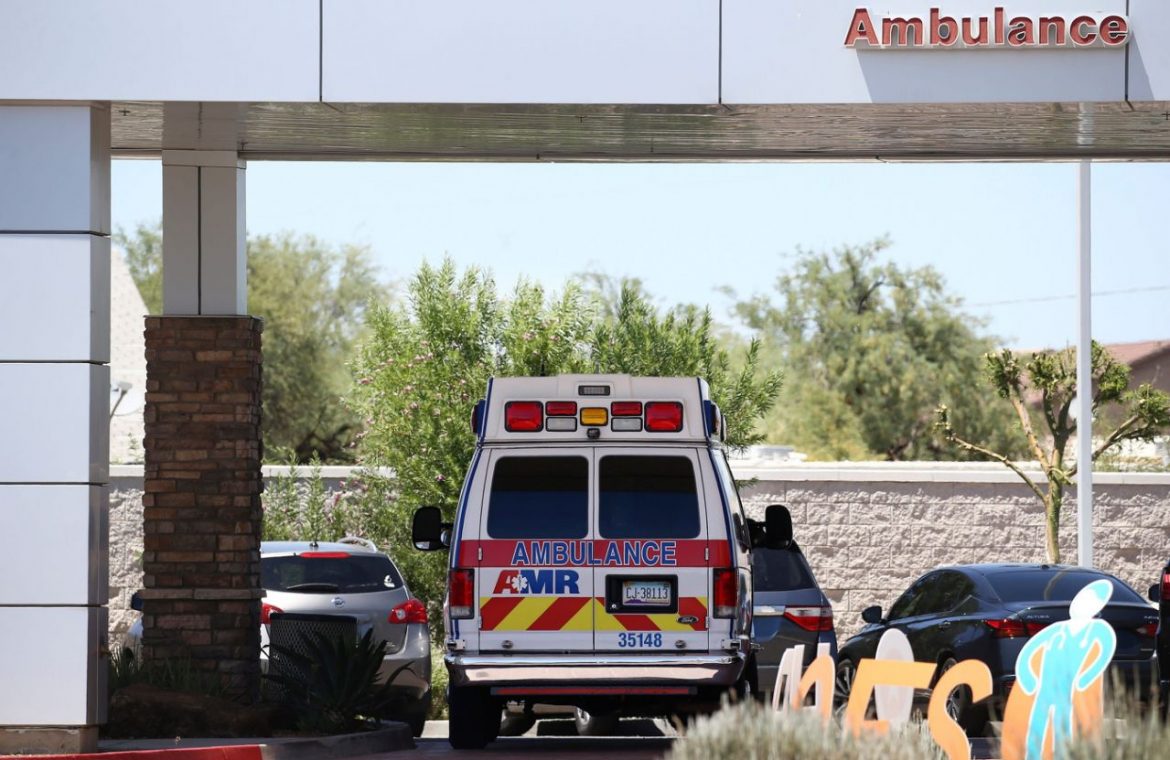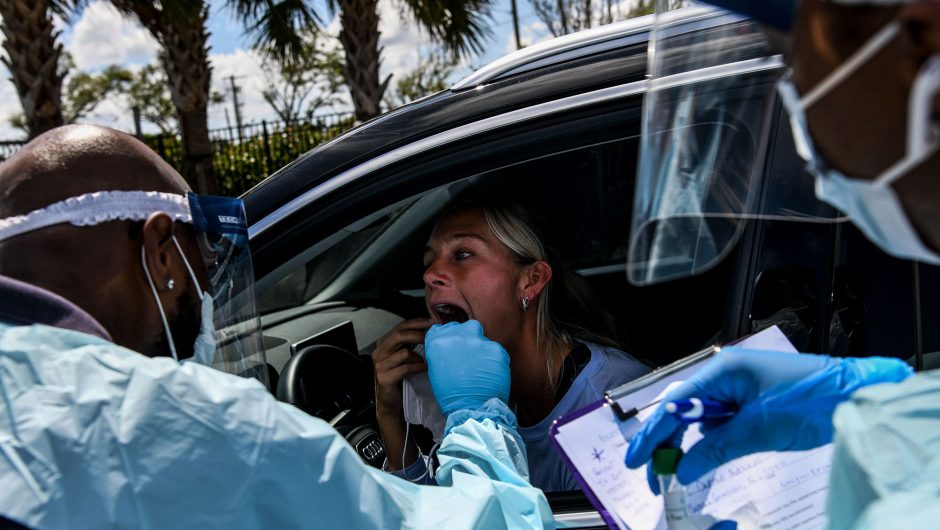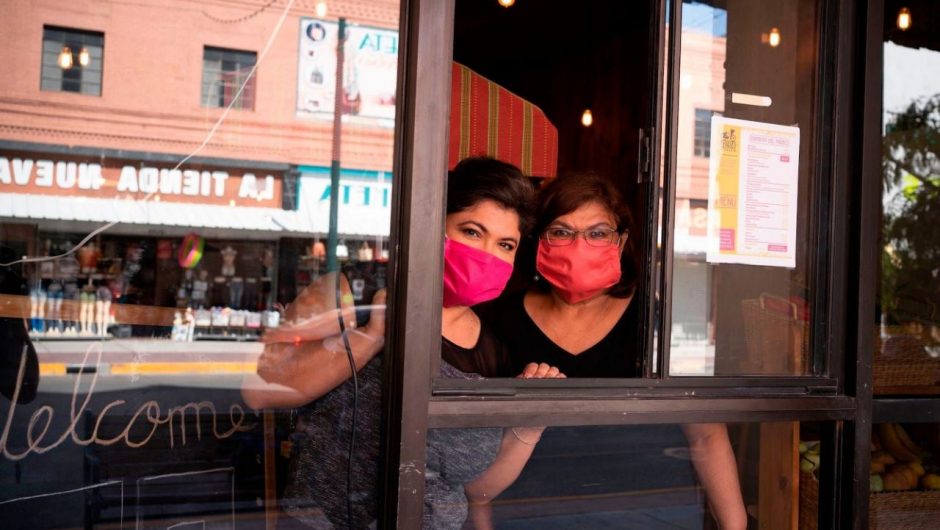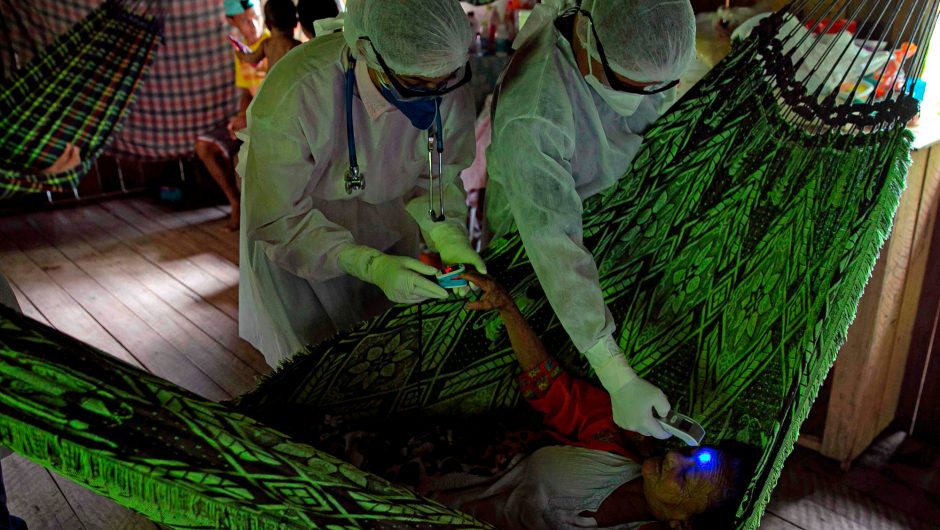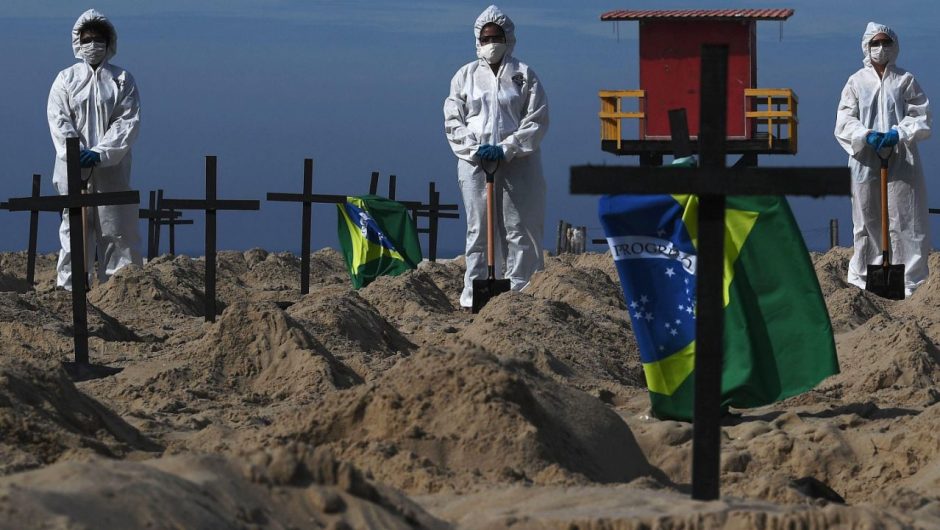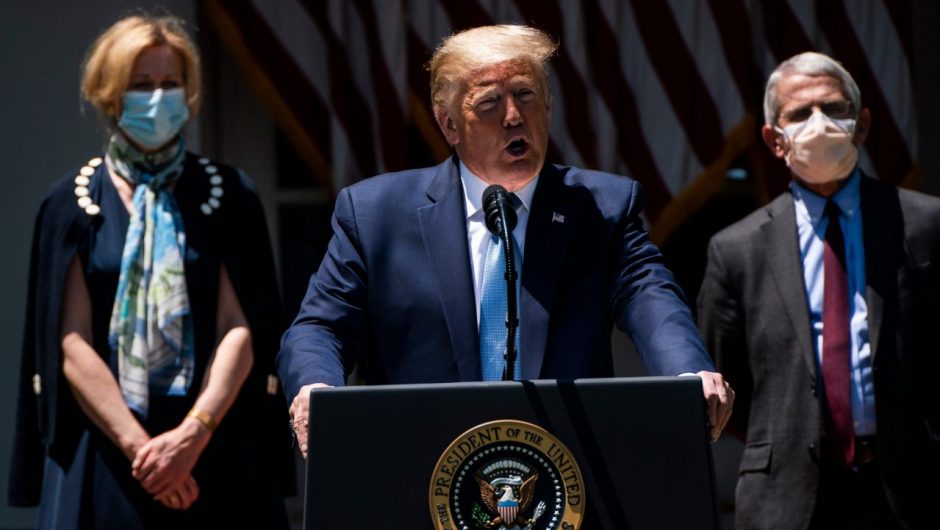New York and Chicago, which saw a surge of coronavirus cases at the start of the pandemic, are experiencing a decline in cases and have begun reopening in phases.
But that trend doesn’t hold throughout the rest of the country.
Soaring case numbers in Arizona have diverted lawmakers’ attention from protests after the death of George Floyd back to the public health crisis.
Senate Minority Leader Chuck Schumer, D-N.Y., has asked for members of the administration’s Coronavirus Task Force, specifically naming Anthony Fauci andDeborah Birx, to conduct a briefing for Democratic senators next week on the spike in cases in Arizona and elsewhere across the U.S., according to his office.
Other states seeing a sudden spike in COVID-19 cases include South Carolina, Florida, Alaska, Arkansas, California, Kentucky, New Mexico, North Carolina, Mississippi, Oregon, Tennessee, Texas, Utah and Puerto Rico.
Though experts aren’t exactly sure why these states are experiencing an unexpected uptick in cases, they said lifting lockdown restrictions, isolated outbreaks and the virus catching up to communities previously not impacted may each play a role.
“This virus is much more spotty,” said Arnold Monto, professor of epidemiology at the University of Michigan School for Public Health. “It is so complicated that when people give you a simple answer to this, it’s probably not right.”
States that have spiked since reopening
In April, the Trump administration announced guidelines to reopen the country, which included a 14-day decline of confirmed coronavirus cases or a decline of positive tests as a percent of total tests within that period.
However, some states eager to get back to work didn’t meet those federal government guidelines before reopening.
Florida’s first phase began May 18, which reopened restaurants, retail and museums at half capacity. Not only did the state fail to meet a two week decline in cases, but it actually reported an increase in cases per day a week before reopening. According to Johns Hopkins data, Florida reported 594 cases on May 10. Five days later there were more than 800 cases.
Story continues
About three weeks later, on June 5, Gov. Ron DeSantis’ went on to phase two reopening, even as daily cases have topped the 1,000 mark and have continued to do so for the past seven days.
A record 1,698 cases of COVID-19 were announced Thursday morning by the Florida Department of Health, marking the largest single-day increase in the state since the pandemic began.
In Tennessee, Gov. Bill Lee said Wednesday that state’s recent “uptick” in coronavirus infections and hospitalizations was an expected result of the state reopening much of its economy and urged residents to redouble precautions to prevent the virus from continuing to spread.
Georgia is notably not on the list of states where cases are on the rise, said Dr. Jeffrey Shaman, professor of environmental health at Columbia University’s Mailman School of Public Health. Gov. Brian Kemp was heavily criticized when the Peach State became one of the first states to begin reopening in April.
‘Pandemic is still here’: ‘Pandem100,000 more Americans could die in coming months; USA hits 2M cases
In the six weeks since Georgia loosened restrictions, its curve has stayed relatively flat. Shaman said this could be due to resident behavior, suggesting people continued to shelter in place despite the lifting of lockdowns.
It’s hard to know for sure because there’s no real data on how many businesses truly reopened or what percentage of people actually wear masks, he said.
However, Georgia Public Health reported the results of 7,684 tests Tuesday, of which 9.8% were positive, nearly double the rate from the previous day, according to an analysis by the August Chronicle.
“We don’t want to be totally caught up in a numbers game,” Monto said. “What we need to look at is patterns.”
Coronavirus community outbreaks
Both Monto and Shaman say another reason some states may be experiencing unexpected spikes is because of “super spreaders,” events or enclosed community outbreaks.
A super spreader is an infected person who can transmit the disease to a large number of people.
“We’ve got a lot of anecdotes and it’s hard to define who a super spreader is, you only know after the fact,” he said.
Let them out: Advocates want inmates granted parole freed as COVID-19 stalks prisons
COVID-19 was Paul Manafort’s ticket home: Many other old, ill, nonviolent inmates are still in prison
Other states say their spike is due to a local outbreak in a confined space such as a nursing home, prison or meatpacking plant.
The Texas Department of State Health Services attributes the state’s spike in coronavirus cases to increased testing in prisons.
According to the Texas Tribune, the number of prisoners reported to be infected with the virus jumped from about 2,500 to 6,900 in the two weeks since prisons started reporting test results May 26. Overall cases jumped by 34% from May 25 to June 7, and nearly a quarter of the increase came from 10 counties with prisons and meatpacking plants.
“You have clusters, you have nursing homes, meat packing and they add a lot of cases,” Monto said. “So that has to be factored in as well.”
The number of coronavirus cases tied to meatpacking plants has more than doubled since President Donald Trump invoked the Defense Production Act in late April to compel slaughterhouses and processing plants to stay open.
The Midwest Center for Investigative Reporting found more than 20,400 infections across 216 plants in 33 states.
Across the United States, some of the highest spikes in coronavirus cases recently occurred in counties with one or more meatpacking plants – Buena Vista County, Iowa; Beadle County, South Dakota; Yell County, Arkansas; and Titus County, Texas, for example. All saw their case counts more than double in the past two weeks, a USA TODAY data analysis found.
States catching up to the pandemic
Not much is known about the virus’s seasonality as it has only been present for the past six months. But if it’s anything like the flu, Monto says, it could come in waves.
“I think ‘catching up’ is a phenomenon,” he said. “If you miss the first wave, you catch up in the second wave.”
With the flu, there’s a lull in the summer, Monto says. States that aren’t impacted in the spring by the seasonal virus usually see a spike in flu infections in a second wave.
Are more store closings coming?: As many as 25,000 stores could shutter in 2020 due to COVID-19 impact
However, there is no data to support this hypothesis with the coronavirus. In fact, seasonality doesn’t seem to be a factor, as hot southern states like Arizona and New Mexico are now experiencing a spike in cases.
In Greenville County, South Carolina, the percentage of positive cases recently tripled from 2.9% on May 27 to 9.4% on June 3, prompting state health officials to classify it a coronavirus “hot spot,” according to The Greenville News.
Shaman said a spike in cases could be due to lack of social distancing, face mask wearing and other non-pharmaceutical prevention methods touted by public health experts for the last six months.
Protesters march during a rally at Cesar Chavez Park on Wednesday, June 3, 2020, in Laveen, Ariz., protesting the death of George Floyd, who died May 25 after being restrained by Minneapolis police.
“If you look at the protests you can see the difference between communities,” Shaman said. “In New York, everyone is wearing a face mask and others aren’t.”
While an increase in cases may be caused for multiple reasons, Monto said states should take heed and take preventative measures to prevent a major outbreak.
“The take home message to me is that the virus is still around. It’s everywhere, it’s not going to go away,” he said. “We can’t be complacent.”
Contributing: Brett Kelman, USA TODAY Network
Follow Adrianna Rodriguez on Twitter: @AdriannaUSAT.
Health and patient safety coverage at USA TODAY is made possible in part by a grant from the Masimo Foundation for Ethics, Innovation and Competition in Healthcare. The Masimo Foundation does not provide editorial input.
This article originally appeared on USA TODAY: Coronavirus: Experts explain why COVID-19 cases spike in these states


